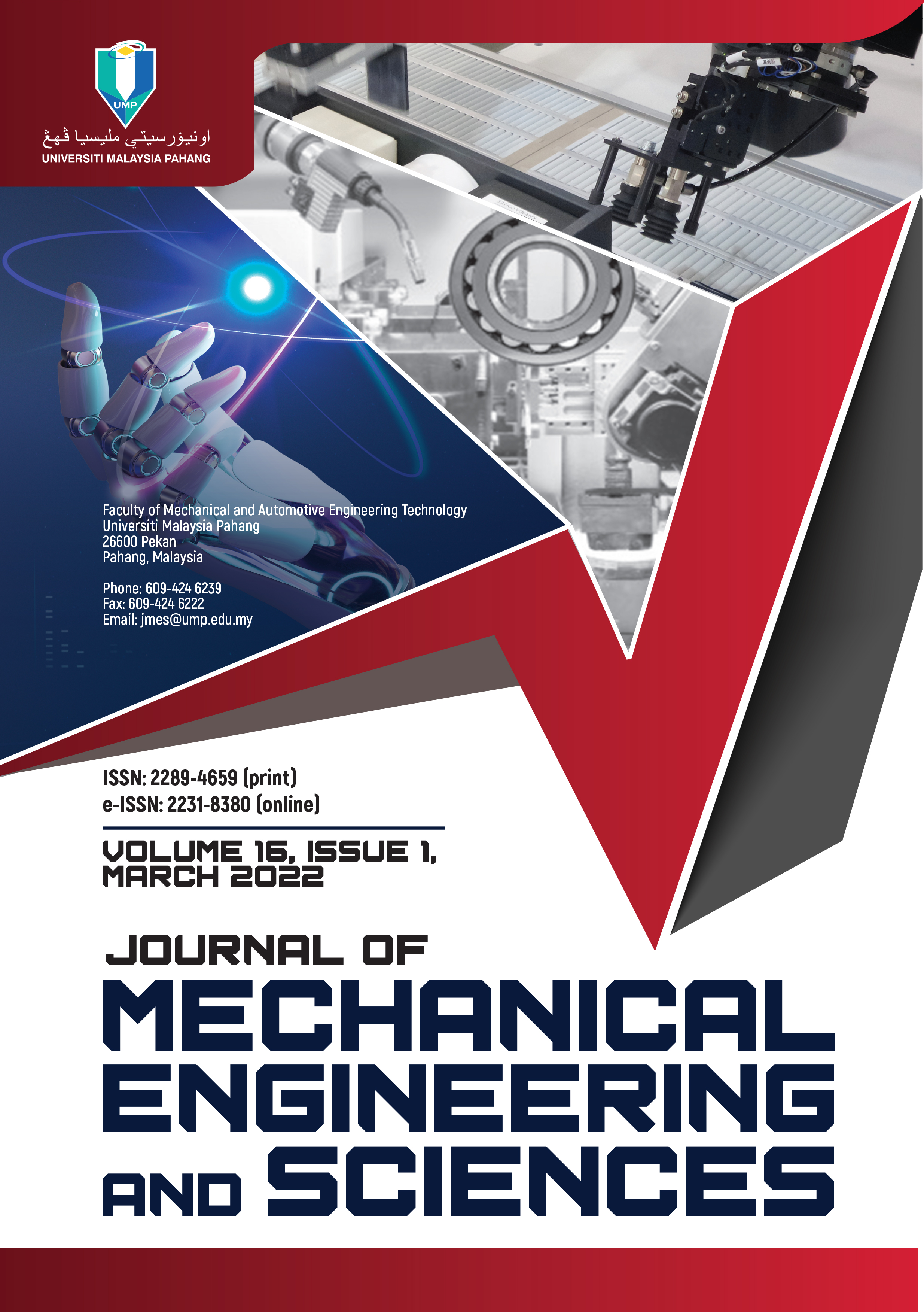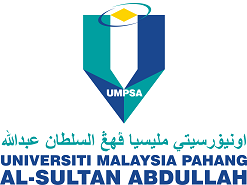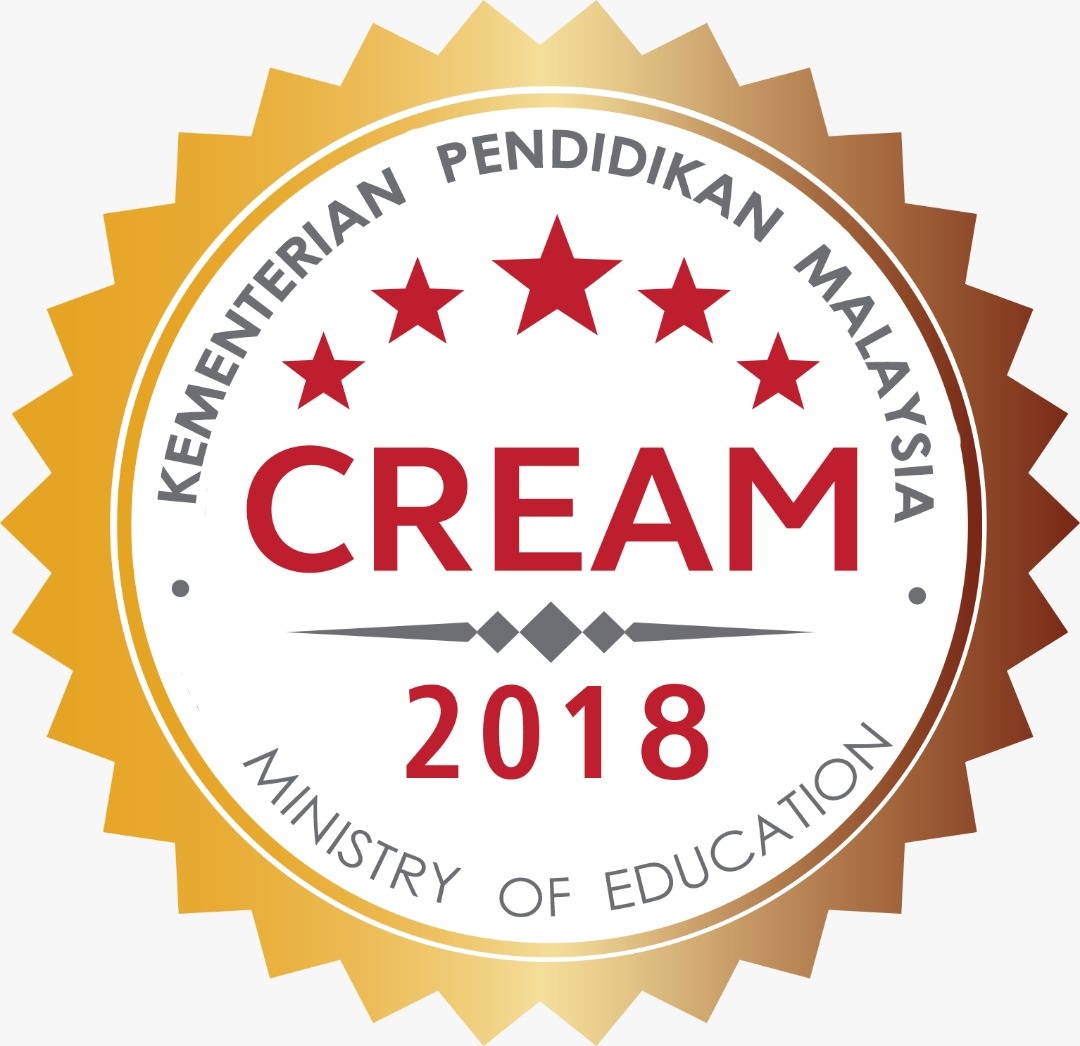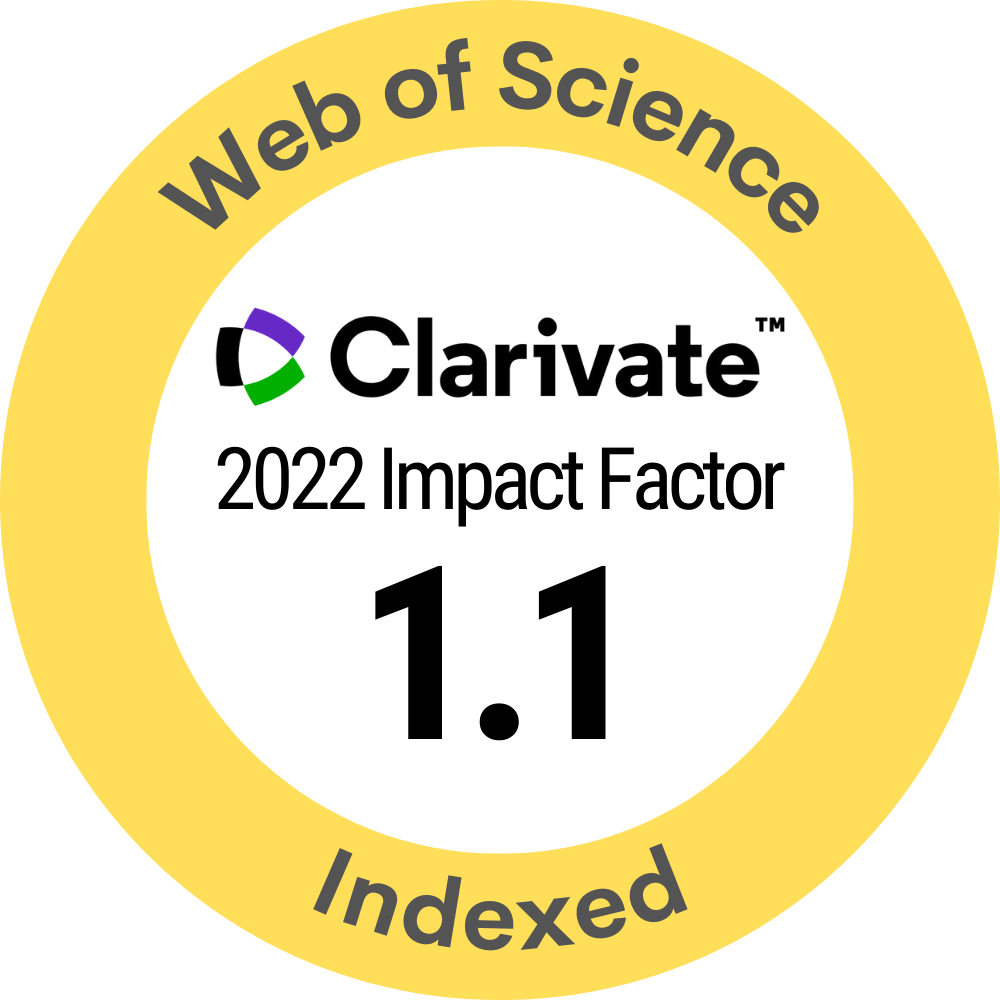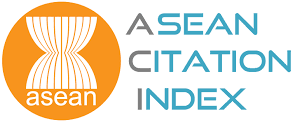Optimization on fishing net porosity of twin pontoon floating breakwater in waves
DOI:
https://doi.org/10.15282/jmes.16.1.2022.12.0695Keywords:
Optimization, artificial intelligence algorithm, floating breakwaters, wave transmission, wave reflection, energy dissipationAbstract
Chaotic process in wave passing through pores on the attached fishing net between twin pontoons of floating breakwater (TPFB) may lead to several severe problems relating to the hydrodynamic performance of such coastal structure. In presence of relatively fine pores, the wave transmission coefficient (Kt) tends to diminish while the reflection coefficient (Kr) will likely increase, or vice versa for coarse ones. The circumstance requires a complete design optimization study into obtaining an optimum porosity. This paper presents optimization on the fishing net porosity (n) of TPFB using artificial intelligence (AI) model. Here, a multi-objective evolutionary algorithm with various genetic parameters is proposed to search for optimum n ratio through primarily minimizing transmission (Kt) and reflection coefficients (Kr) while maximizing energy dissipation coefficient (Kd). In addition, a computational fluid dynamic (CFD) programme is developed using an extended Reynolds Average Navier-Stokes (RANS) solver for a solid-permeable obstacle. Several parameters such as wavelengths and porosity ratios including a set of optimization criteria, have been taken into account in the simulation, where the optimum solution is then selected from various populations. Meanwhile, the optimum result will be qualitatively evaluated, in which it is visualized by the characteristic patterns of induced energy dissipation. The results revealed that the optimization algorithm is effectively capable of determining global trade-offs between Kt, Kr, and Kd. As compared to the existing model, Kt and Kr decrease to less than 0.85 and 0.42 respectively, whereas Kd was increased up to 0.34 resulting in optimum hydrodynamics of TPFB indicated by further enhancement in the rate of energy dissipation across TPFB entanglement. For validation, the numerical model can fairly simulate well on the hydrodynamics of structure.
References
S. F. Abdullah and A. Fitriadhy, “Application of genetic algorithm for optimum hydrodynamic performance of twin pontoon floating breakwater,” J. Water., Port, Coast. Ocean Eng., vol. 146, no. 2: 04019040, 2020.
G. Elchahal, P. Lafon and R. Younes, “Design optimization of floating breakwaters with an interdisciplinary fluid–solid structural problem.” Can. J. Civ. Eng., vol. 36, no. 11, pp. 1732–1743, 2009.
F. Mahmuddin and M. Kashiwagi, “Design optimization of a 2D asymmetric floating breakwater by genetic algorithm,” in Proc., 22 Int. Offshore and Polar Engineering, pp. 1263–1270, 2012.
G. Elchahal, R. Younes and P. Lafon P, “Optimization of coastal structures: application on detached breakwaters in ports,” Ocean Eng., vol. 63, pp. 35-43, 2013.
N. Abdussamie, R. Ojeda and M. Daboos. “ANFIS method for ultimate strength prediction of unstiffened plates with pitting corrosion,” Ships Offs. Struc., vol. 13, no. 5, pp. 540-550, 2018.
H. Azimi, H. Bonakdari, I. Ebtehaj, S. Shabanlou, S. H. A. Talesh, and A. Jamali, “A pareto design of evolutionary hybrid optimization of ANFIS model in prediction abutment scour depth,” S ̄adhan ̄a, vol. 44, no. 169, pp. 1-14, 2019.
M. Gaber, S. El-Banna, M. El-Dabah and M. Hamad, “Designing and implementation of an intelligent energy management system for electric ship power system based on adaptive neuro-fuzzy inference system (ANFIS),” Adv. Sci., Tech. Eng. Sys. J., vol. 6, no. 2, pp. 195-203, 2021.
K. Wang, X. Yan, Y. Yuan and D. Tang, “Optimizing ship energy efficiency: application of particle swarm optimization algorithm,” Proc., Ins. Mech. Eng. Part M: J. Eng. Maritime Env., vol. 232, no. 4, pp. 379-391, 2018.
S. L. Zhang, B. J. Zhang, T. Tezdogan, L. P. Xu, and Y. Y. Lai, “Research on bulbous bow optimization based on the improved PSO algorithm,” China Ocean Eng., vol. 31, no. 4, pp. 487-494, 2017.
S. O. Fadlallah, T. N. Anderson and R. J. Nates, “Artificial neural network–particle swarm optimization (ANN-PSO) approach for behaviour prediction and structural optimization of lightweight sandwich composite heliostats,” Arab. J. Sci. Eng., pp. 1-22, 2021.
X. Jialing, S. Weifeng, B. Zong and S. Tiewei, "Research on marine electric load forecast based on PSO-Elman neural network,” in 2021 4th Int. Conf. E., Elec. Pow. Eng. (CEEPE), IEEE,, pp. 1220-1224, 2021.
ITTC, “Uncertainty analysis in CFD verification and validation methodology and procedures-ITTC-Recommended Procedures and Guidelines 7.5-03-01-01,” in Proc., 28th Int. Tow. Tank Conf., Wuxi China, 2017.
C-Y Ji, X. Chen, J. Cui, Z-M Yuan and A. Incekik, “Experimental study of a new type of floating breakwater,” Ocean Eng., vol. 105, pp. 295-303, 2015.
A. Fitriadhy, S. F. Abdullah, M. hairil, M. F. Ahmad and A. Jusoh, “Optimized modelling on lateral separation of twin pontoon-net floating breakwater,” J. Mech. Eng. Sci., vol. 13, no. 4, pp. 5764-5779, 2019.
A. Fitriadhy, M. A. Faiz and S. F. Abdullah, “Computational fluid dynamics analysis of cylindrical floating breakwater towards reduction of sediment transport,” J. Mech. Eng. Sci., vol. 11, no. 4, pp. 3072-3085, 2017
Downloads
Published
Issue
Section
License
Copyright (c) 2022 Universiti Malaysia Pahang Publishing

This work is licensed under a Creative Commons Attribution 4.0 International License.

